The first passion of many of film professionals is photography. And as colorist Jason Fabbro will describe, his own personal background as a photographer influences his daily film and TV work at Technicolor, a company with 100 years of pioneering history in color science, colorists creatively collaborate with cinematographers and directors to color grade moving images, just like they would a still image, to help tell the unique visual story of a project.
Read on to find out Jason’s tips on color correction, how his knowledge of photography influenced his work on the Netflix hit series, Making a Murderer, his thoughts on exciting new technologies like High Dynamic Range (HDR), and other cool insights in our exclusive interview.
If you haven’t heard of him yet, Jason is a Digital Intermediate Colorist at Technicolor Hollywood whose credits include Making a Murderer, Darren Aronofsky’s Noah, Steven Spielberg’s Lincoln, and many others. He received a BA in Film Production from Loyola Marymount University. After graduating he worked on various film projects as a camera assistant. He then segued into post production and has been there ever since. He has spent his entire post production career with Technicolor.
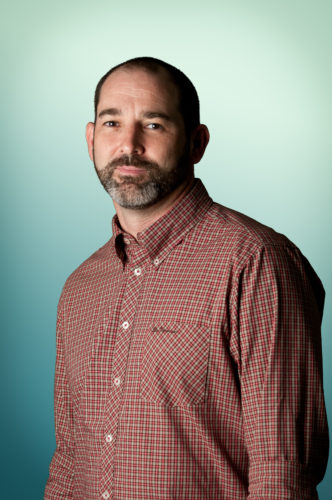
What role does your knowledge of photography and aesthetic play in your day-to-day work at Technicolor. For example, on a project like Making a Murderer?
On Making a Murderer the key was to make all the images flow together. The project was photographed over several years on many different camera platforms. I needed to make sure all those images worked together seamlessly, so the differences would not be distracting to the viewer. Understanding the differences between all those camera platforms helped to bridge the gap between those disparities.

How important is learning about color science to one’s growth as a photographer?
Understanding how your equipment works is key to being a great photographer. If you have a good understanding of how everything works inside the camera, it frees you up to concentrate on the image you are trying to capture in front of the lens. Knowing about color science is an important part of that process.
What’s your take on selective coloring when it comes to photography and how does this view compare to film?
A large part of what I do is selective coloring. We usually start out doing overall adjustments first. After several passes we then move onto making selective adjustments. On most projects the bulk of the time is making small selective adjustments. Most of these subtle changes are designed to direct the viewer’s eye to a portion of the frame the filmmakers want to be sure is seen or understood.
Can you share any tips for color correcting a setup that had a lot of different light sources, such as luminescent, incandescent, ambient lighting?
You want to first find an overall balance to the image. Don’t worry about what each source is doing at first. Get the image into a place where the bulk of the frame is where you want it. Then, as needed, go selectively after each color temperature and adjust them to your liking.
What’s the secret to giving a photo a more cinematic look and feel?
My best advice would be not to push things too far. Don’t oversaturate or clip anything. Desaturate any colors that are popping too much. Vignetting the corners can also be helpful. Cinematic images tend to pop in contrast, but not so much in saturation.
How would you make a night scene out of a day scene so that it doesn’t look cheesy?
Day for night is always tough. Hopefully you have an image without a bright sky in it. If you do have a sky, I would try and crop it out. A bright sky is always a dead giveaway. Next, you want to try and flatten the image. Highlights down, blacks up. Then print the whole thing down. Try and introduce a little coolness to the image, but be careful not to overdo it. Then go back in and selectively bring down just the deepest blacks.
Can you discuss HDR and how this new technology influences creativity for photographers, colorists, and cinematographers?
HDR is very exciting. The increased color range and fidelity creates a new pallet for us as artists to make images more stunning. As creators of images we are all looking for ways to make them more beautiful and inspiring. HDR is another process we can use to accomplish that. HDR allows us to see details deep into the toe and shoulder. And we can now enhance those details so audiences sees things they never did in the past. Night images reveal all kinds of details you would have never seen before. Daylight scenes have more detailed, richer skies. I am amazed when we put the same image up side by side between a HDR monitor and a non-HDR monitor. The HDR image is so much more alive.
Any other trends in color correction this year, among palette, contrast, saturation? And what do you foresee for 2017?
In most of my work the look is on a project by project basis. It is tough to say what kind of images I will be creating next year. We do seem to be getting away from flattened images. For a while everyone was interested in raised blacks, but that seems to be going away. Personally I like rich blacks, so I’m glad that trend is ending.
We’re curious—what is the culture like over at Technicolor HQ?
Working at Technicolor is a nurturing environment. Everyone is the best at what they do, and everyone wants to create the best images for our clients. Our whole workflow is set up to accomplish this. I feel honored to be working with such a talented group of people.
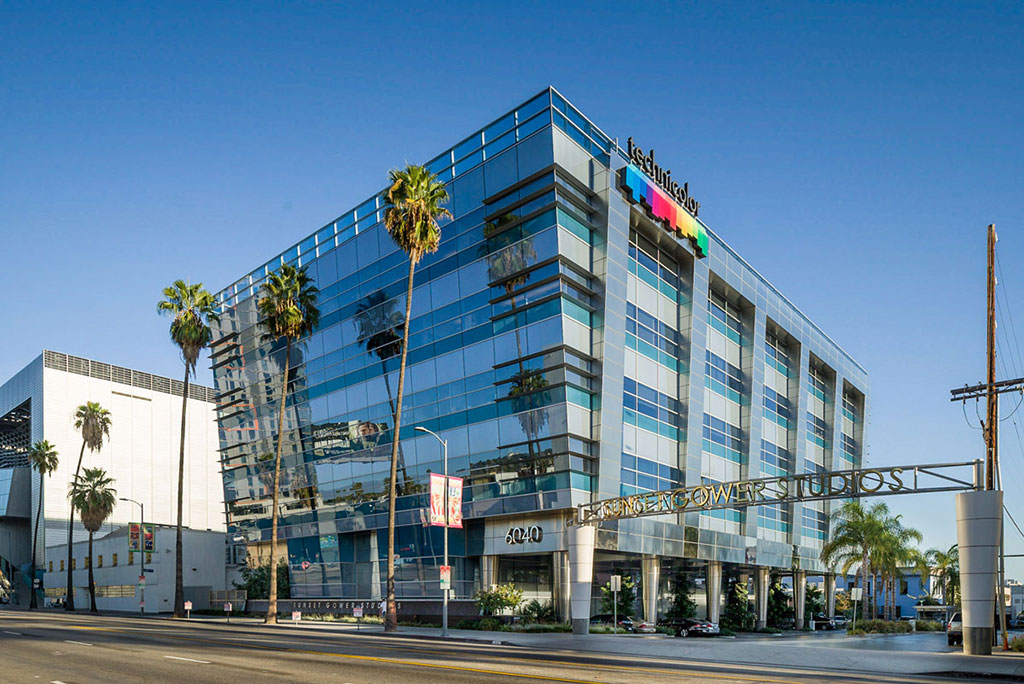
Any advice for our 500px community photographers aspiring to break into filmmaking and film work?
Get out there and do as much work as you can. Try not to turn down any projects. Try to work on a variety of projects. The more knowledge you gain, the easier it will be to find a door in. Some obscure bit of knowledge you picked up on a project could give the edge over someone else.
Any upcoming projects that you’re working on that you can share with us?
I do have some interesting projects coming up, but I can only comment on projects I have already completed. Our clients’ privacy and security are very important to us. I recently completed the 3D broadcast version of Captain America: Civil War. I completed the last episode of The Simpsons for this season. On the feature side, I worked on The Disappointments Room and on the documentary Tickling Giants.
Here’s a look at some of Jason’s photography from his personal portfolio:
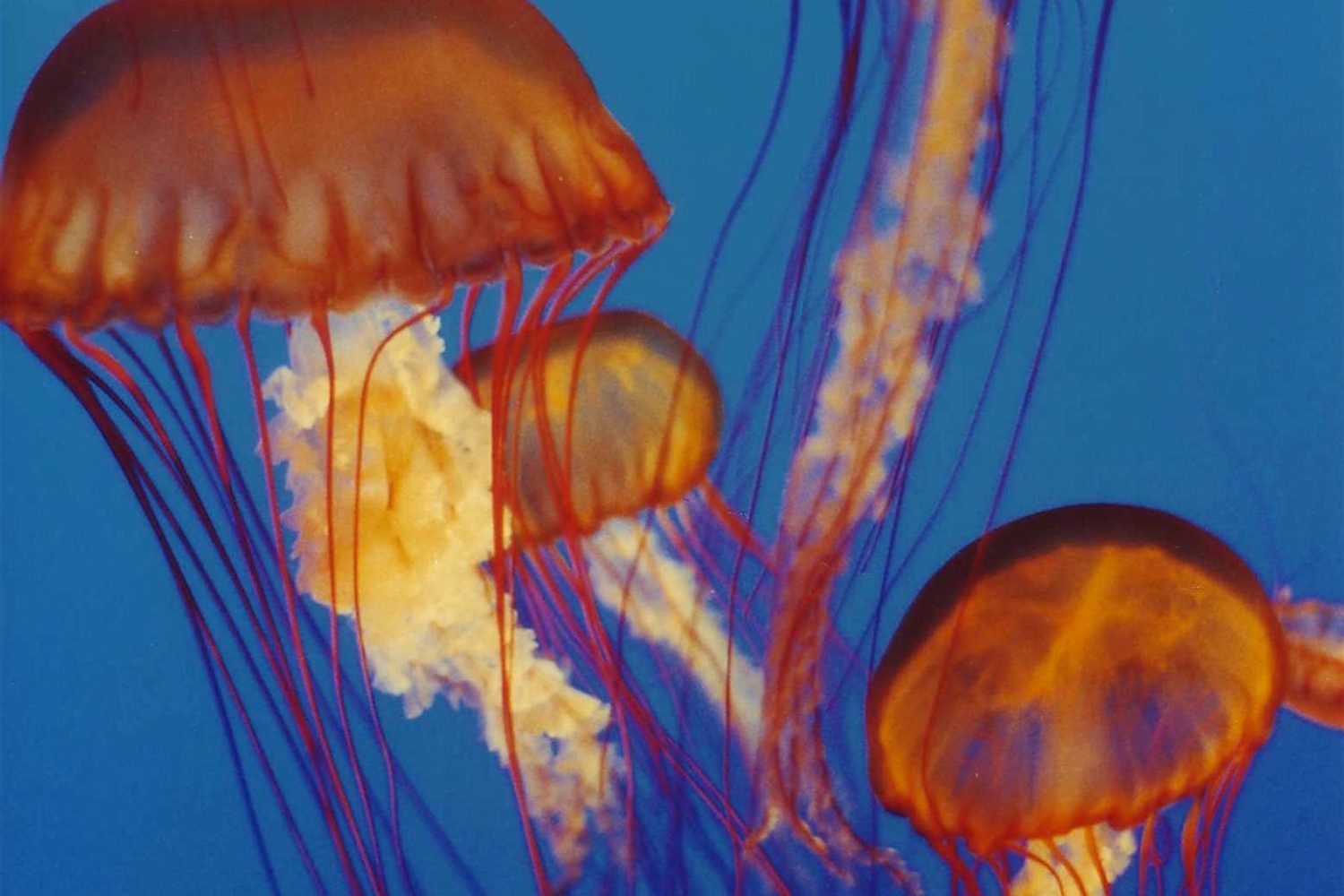

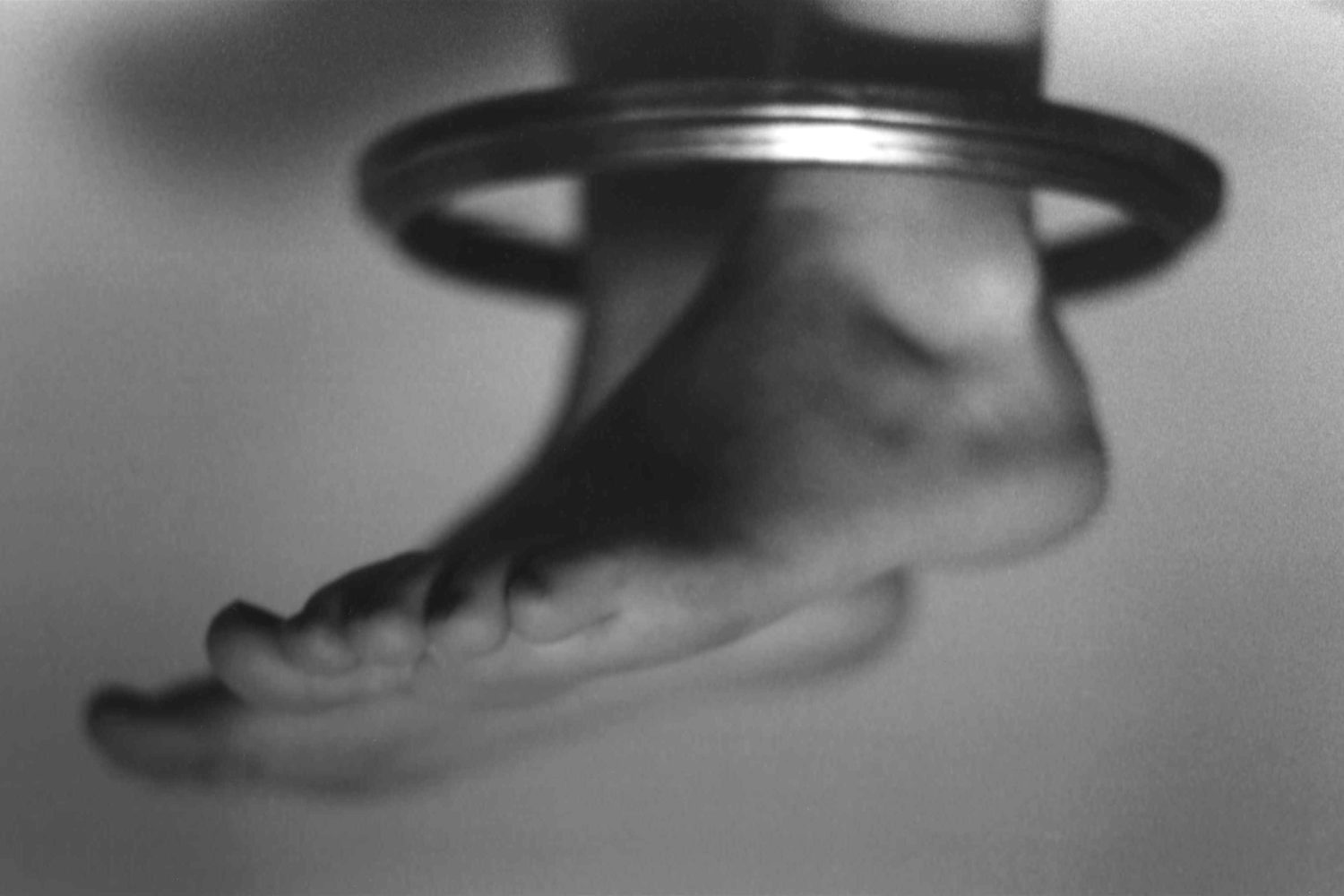
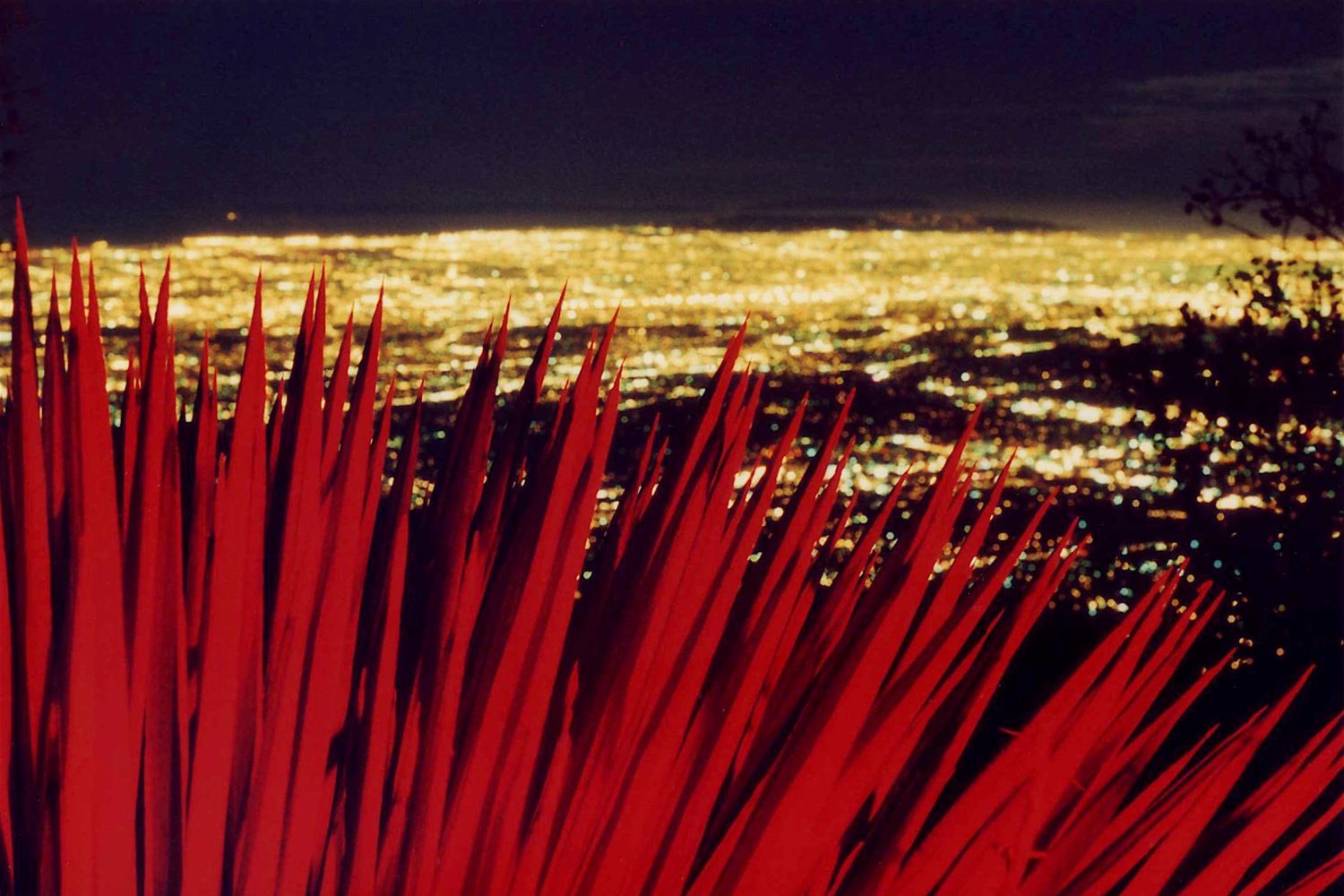
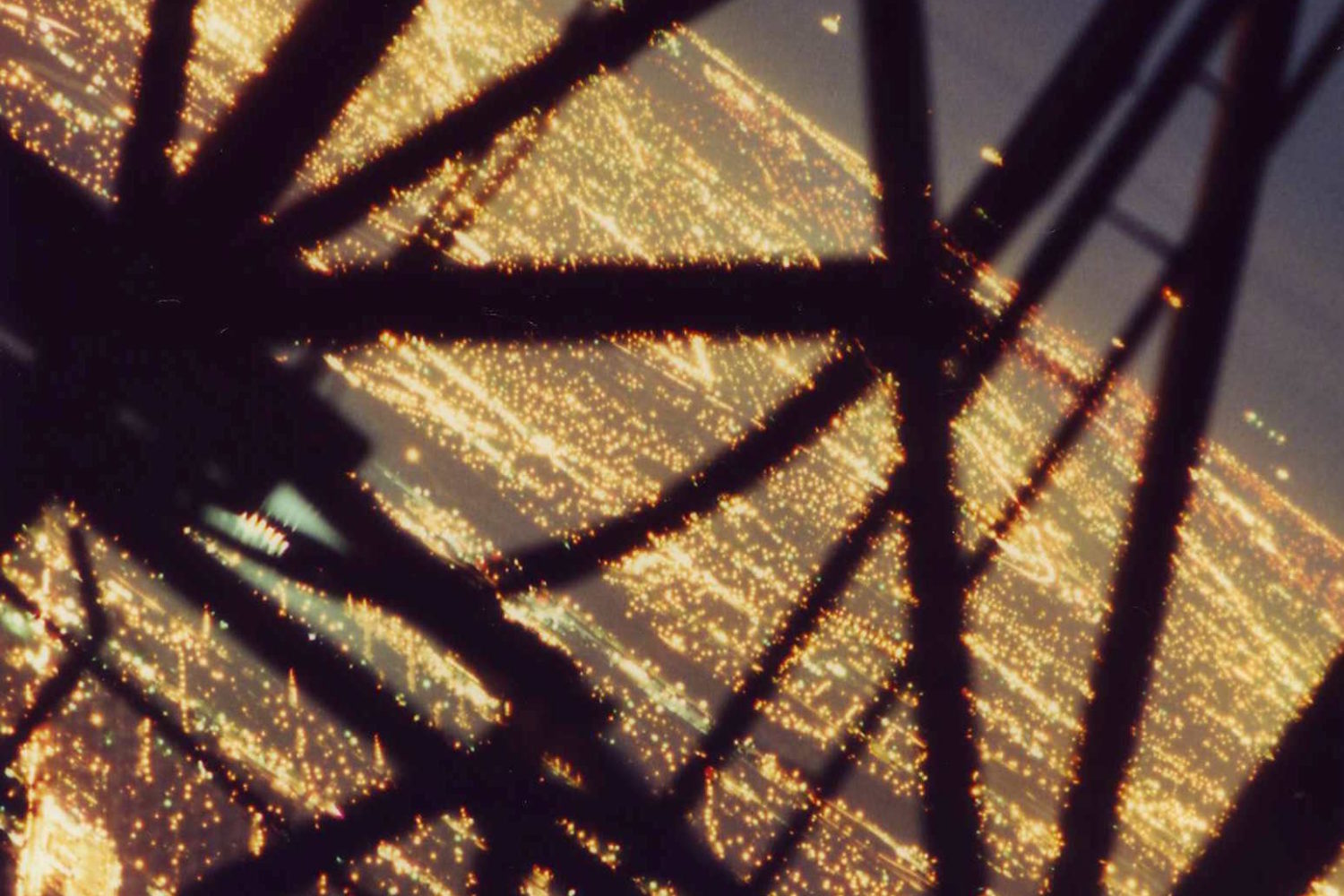
Follow Jason and Technicolor’s entire team of colorists on Twitter for news, director, cinematographer, and colorist video interviews, and behind the scenes articles on your favorite movies and shows.



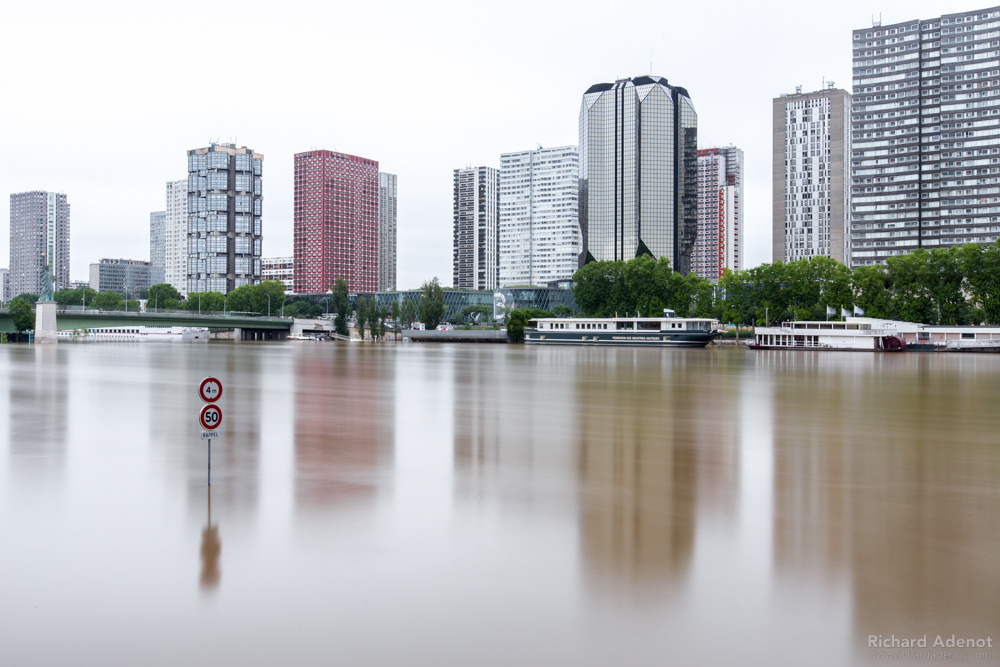
Leave a reply